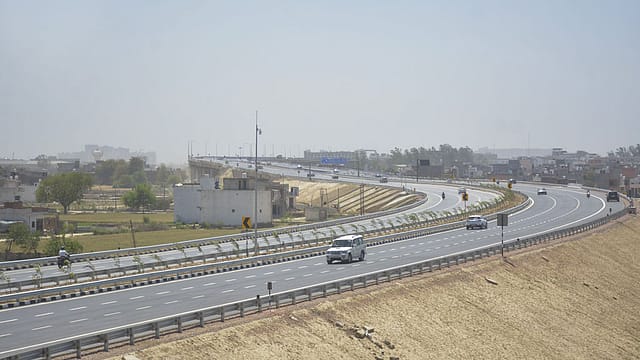NHAI to create around 10,000 km of digital highways by FY25
ADVERTISEMENT

The National Highways Authority of India (NHAI) is working towards the development of around 10,000 kilometres of optic fibre cables (OPC) infrastructure across the country by FY24-25, the Ministry of Road Transport and Highways said in a statement on Wednesday. National Highways Logistics Management Limited (NHLML), a fully owned special purpose vehicle (SPV) of NHAI, will implement the network of digital highways by developing integrated utility corridors along the National Highways to develop OFC infrastructure. Around 1,367 km on Delhi-Mumbai Expressway and 512 km on Hyderabad-Bangalore Corridor have been identified as pilot routes for digital highway development.
According to the ministry, providing internet connectivity to remote locations across the OFC network will help to expedite the rollout of new-age telecom technologies like 5G & 6G.
“Recently inaugurated, 246 km long Delhi–Dausa–Lalsot section of the Delhi - Mumbai Expressway features a three-meter-wide dedicated utility corridor used to lay Optical Fibre Cables, which will serve as the backbone for the roll-out of the 5G network in the region. OFC laying work along the national highways has started and is targeted for completion in about a year,” the ministry said.
“OFC network will allow direct plug-and-play or ‘Fibre-on-demand’ model for the Telecom / Internet Services. The network will be leased out on a fixed price allotment mechanism on an ‘Open for All’ basis through a web portal to eligible users. OFC allotment policy is being finalized in consultation with DoT (department of telecommunications) and TRAI (telecom regulatory authority of India),” the ministry said.
December 2025
The annual Fortune 500 India list, the definitive compendium of corporate performance, is out. This year, the cumulative revenue of the Fortune 500 India companies has breached $2 trillion for the first time. Plus, find out which are the Best B-schools in India.
According to the ministry, the creation of digital highways will not have a “catalytic impact” on India’s growth and development but will also contribute to the digital transformation of the country.
In the Union Budget 2023-24, the government allocated a capital outlay of ₹2.58 lakh crore for roads and highways. This is 25% higher than that of the revised estimate for FY23. In the revised estimates for the current financial year too, the allocation has been enhanced to ₹2,06,302 crore. Capital expenditure in FY23 is up by 80% as compared to the previous fiscal.
Debashish Biswas, Partner (Infra), Deloitte India in a post-budget interview with Fortune India, said that the Ministry of Highways is performing well and a road sector ecosystem leads to job creation due to its impact on the overall logistics and transport sectors of the economy.
